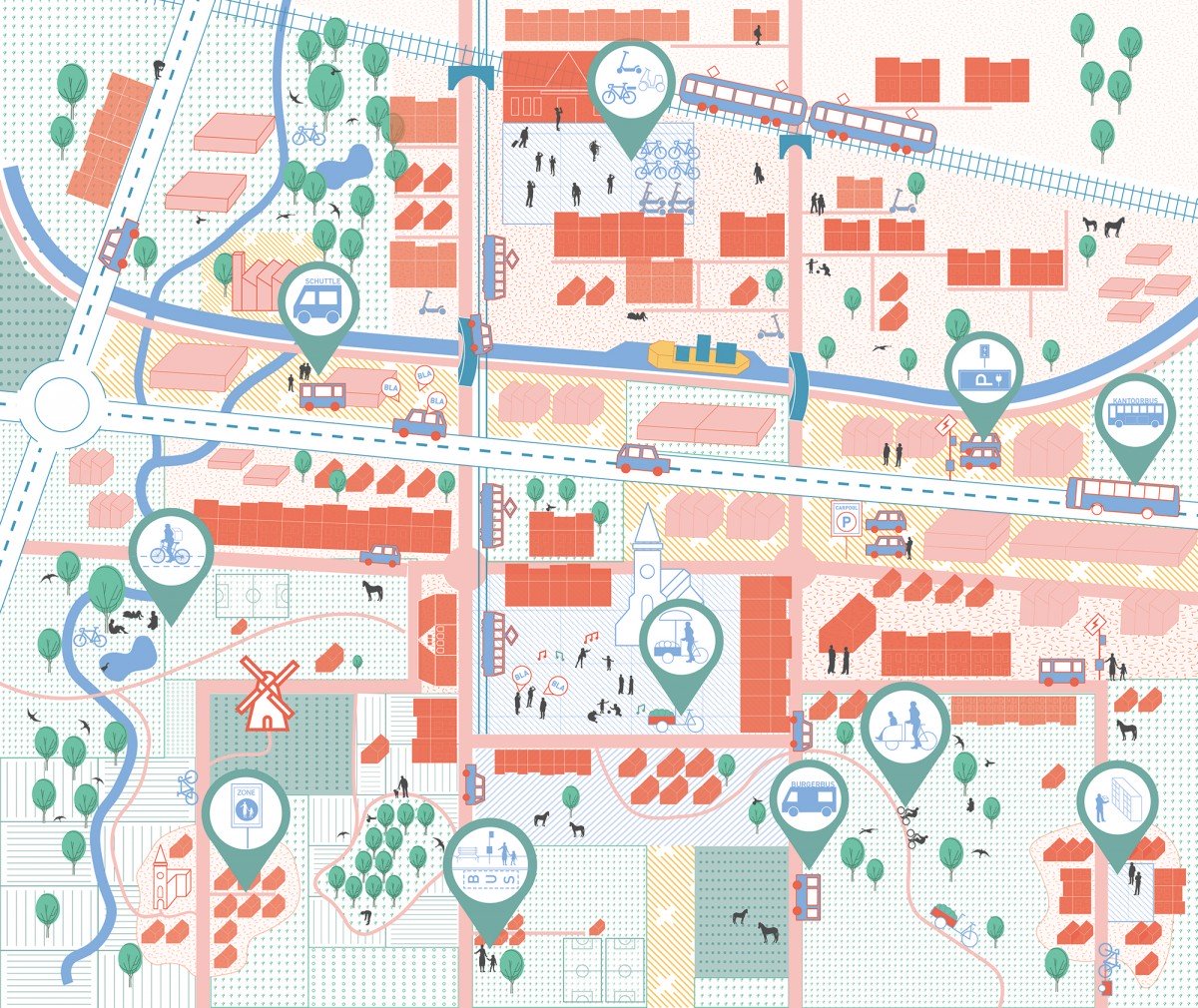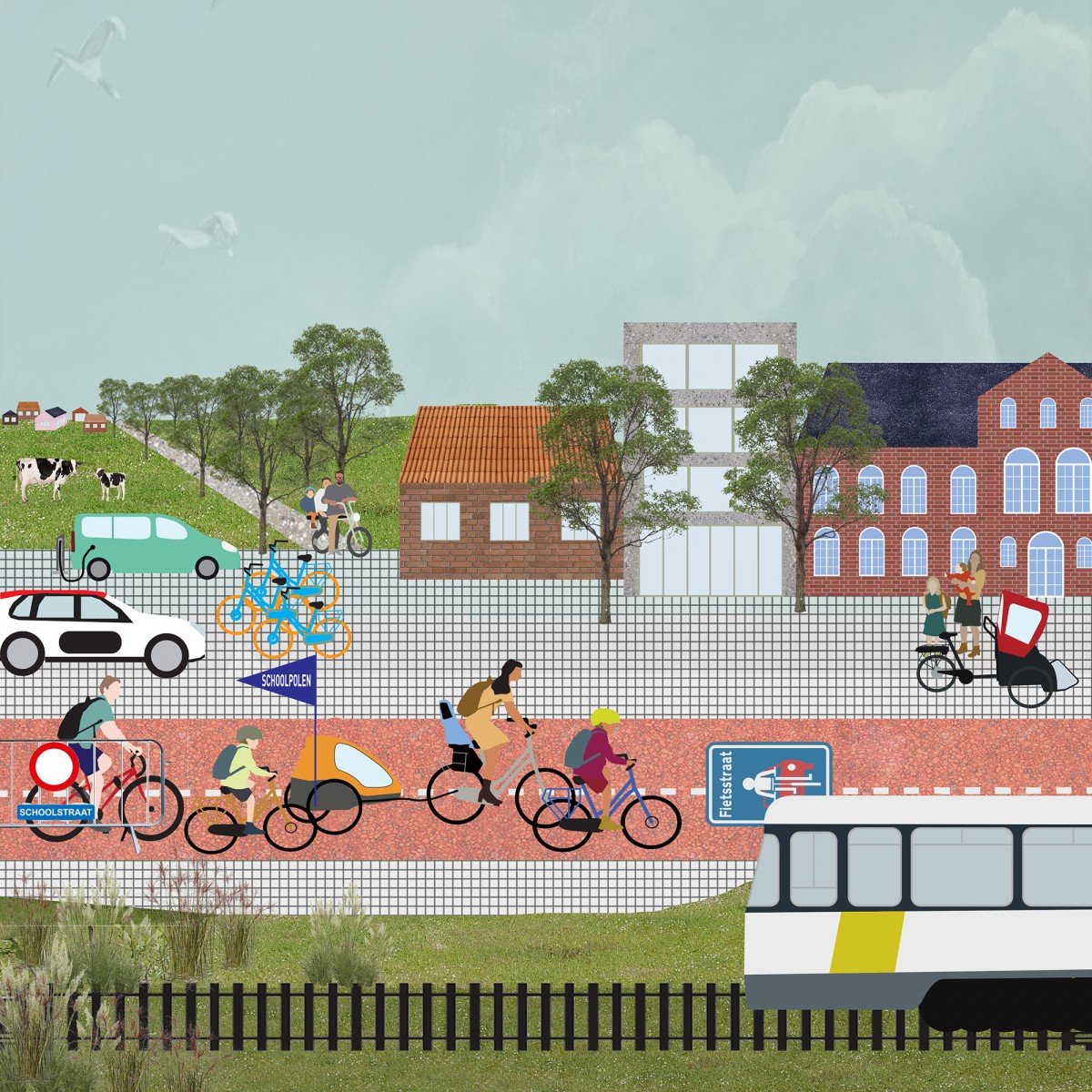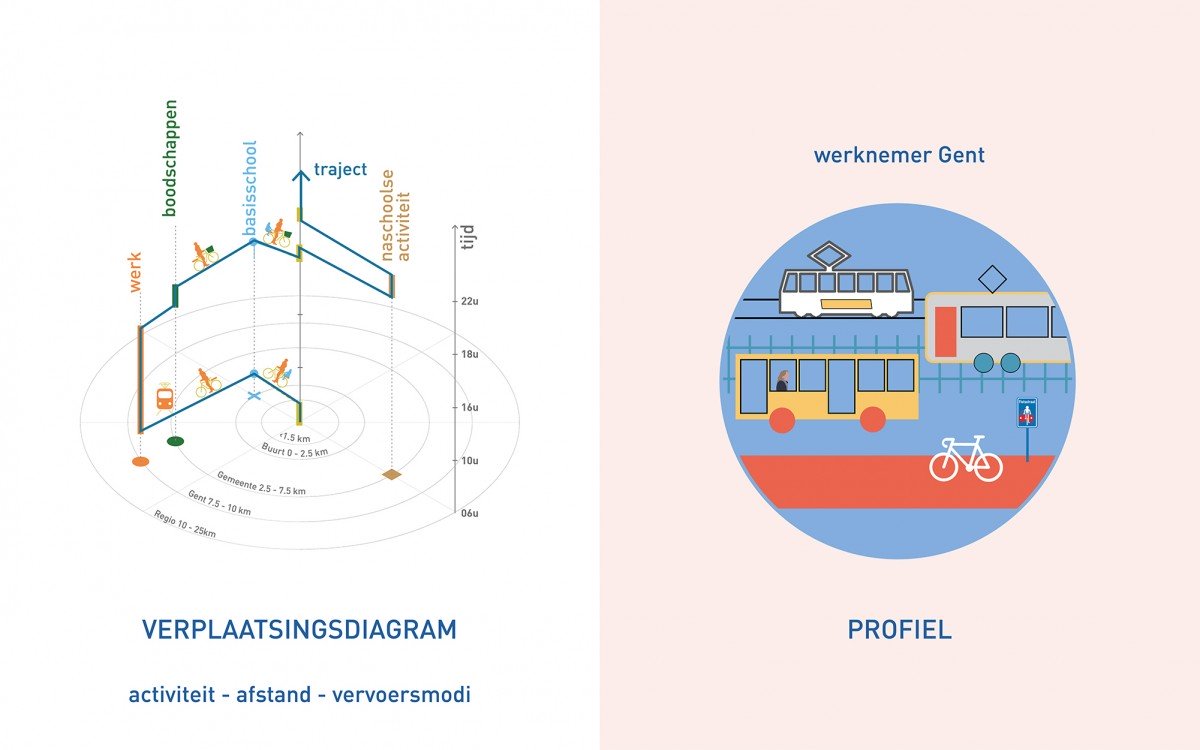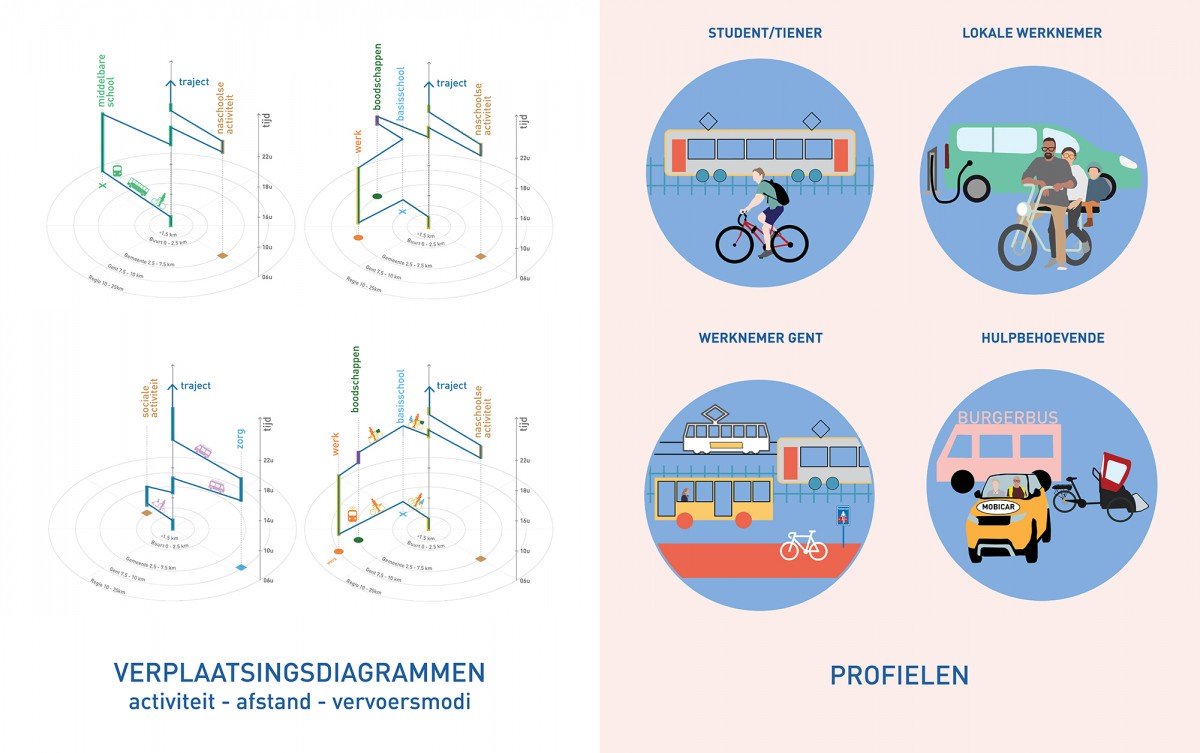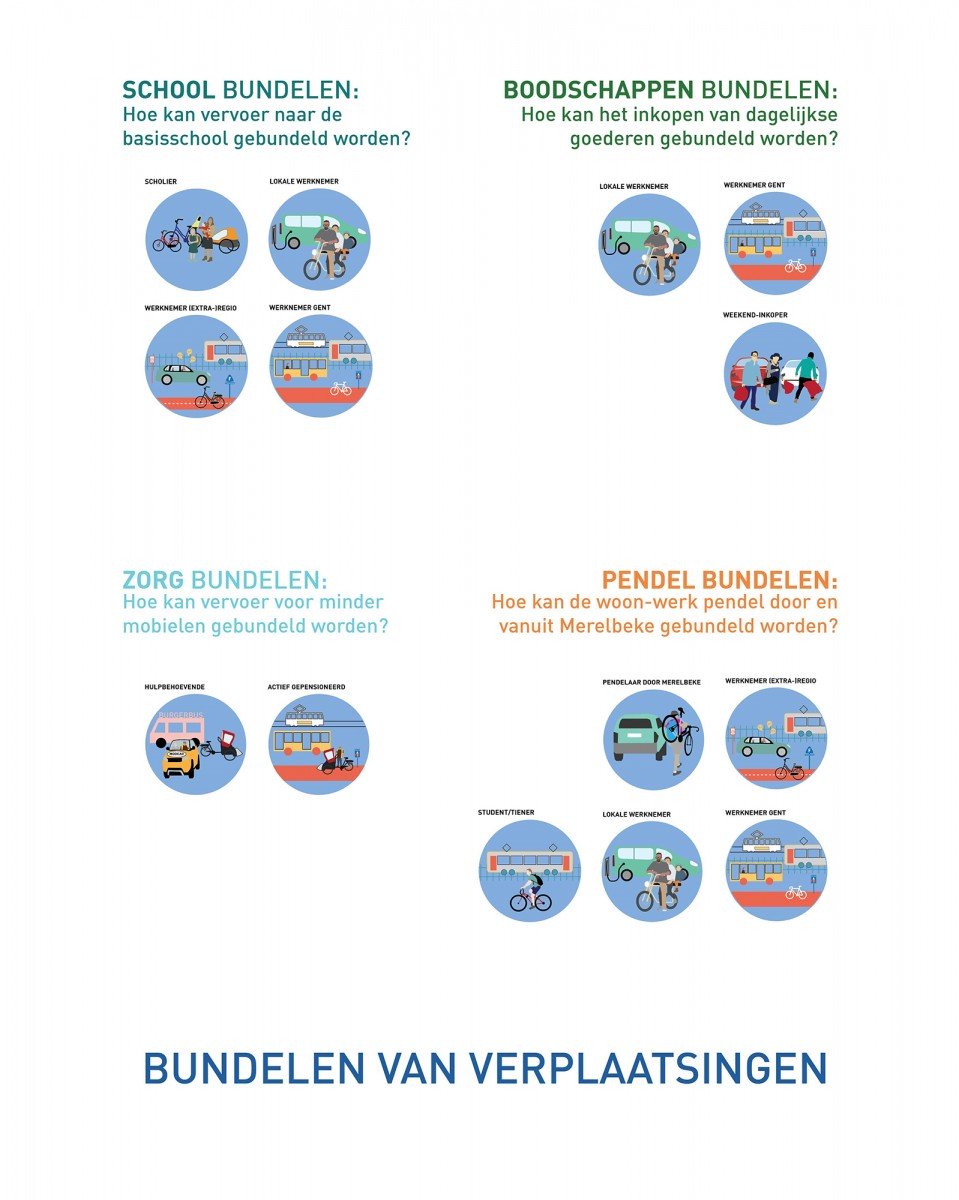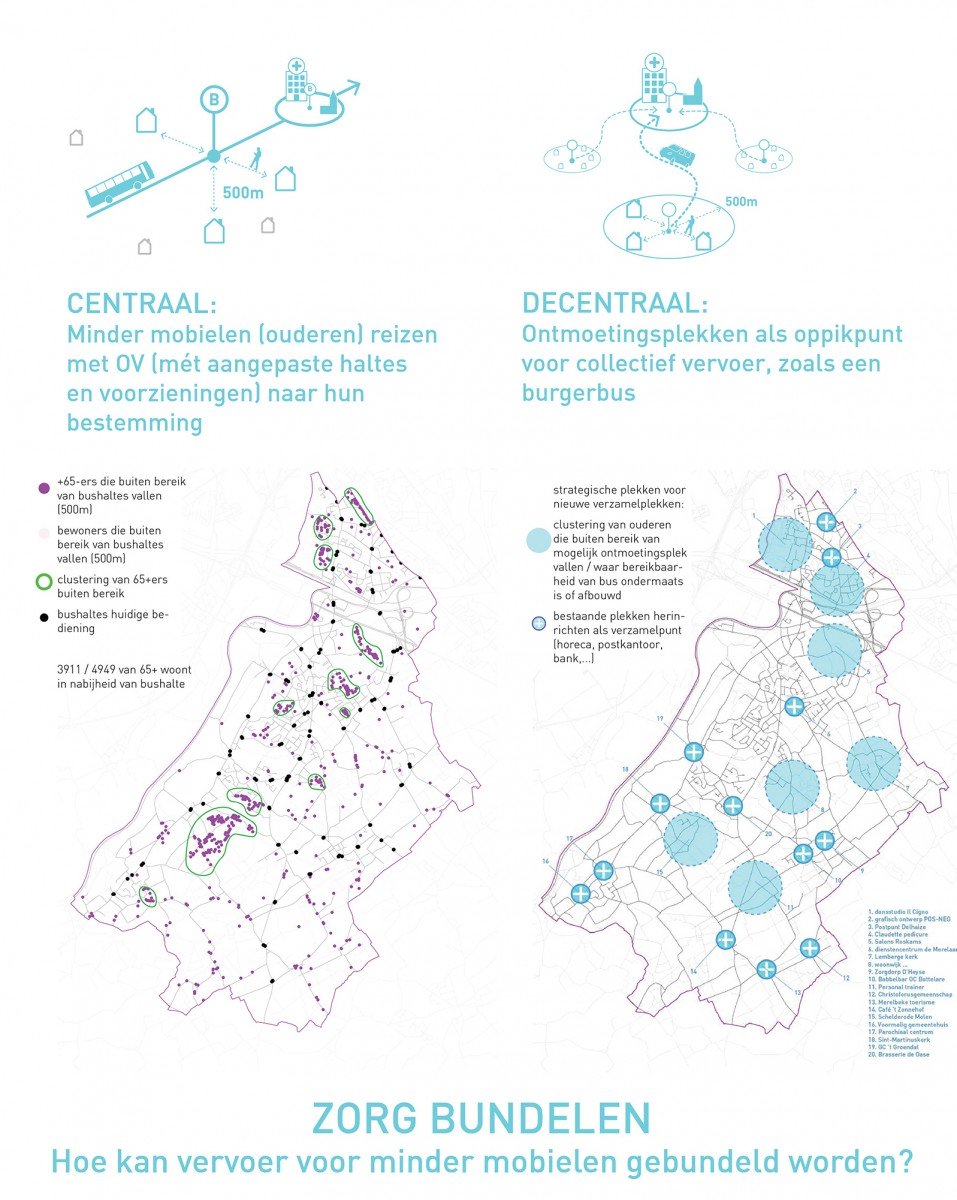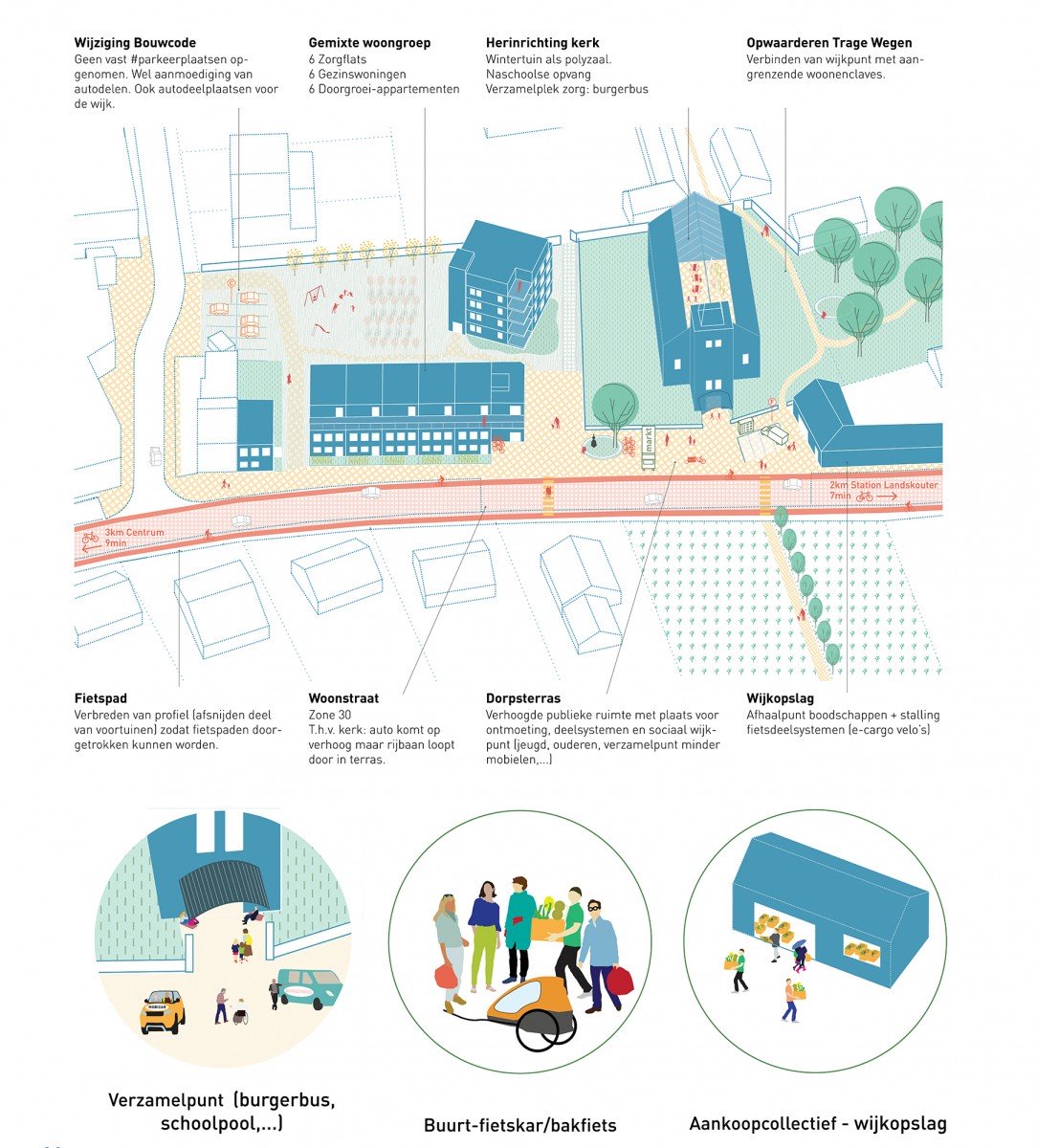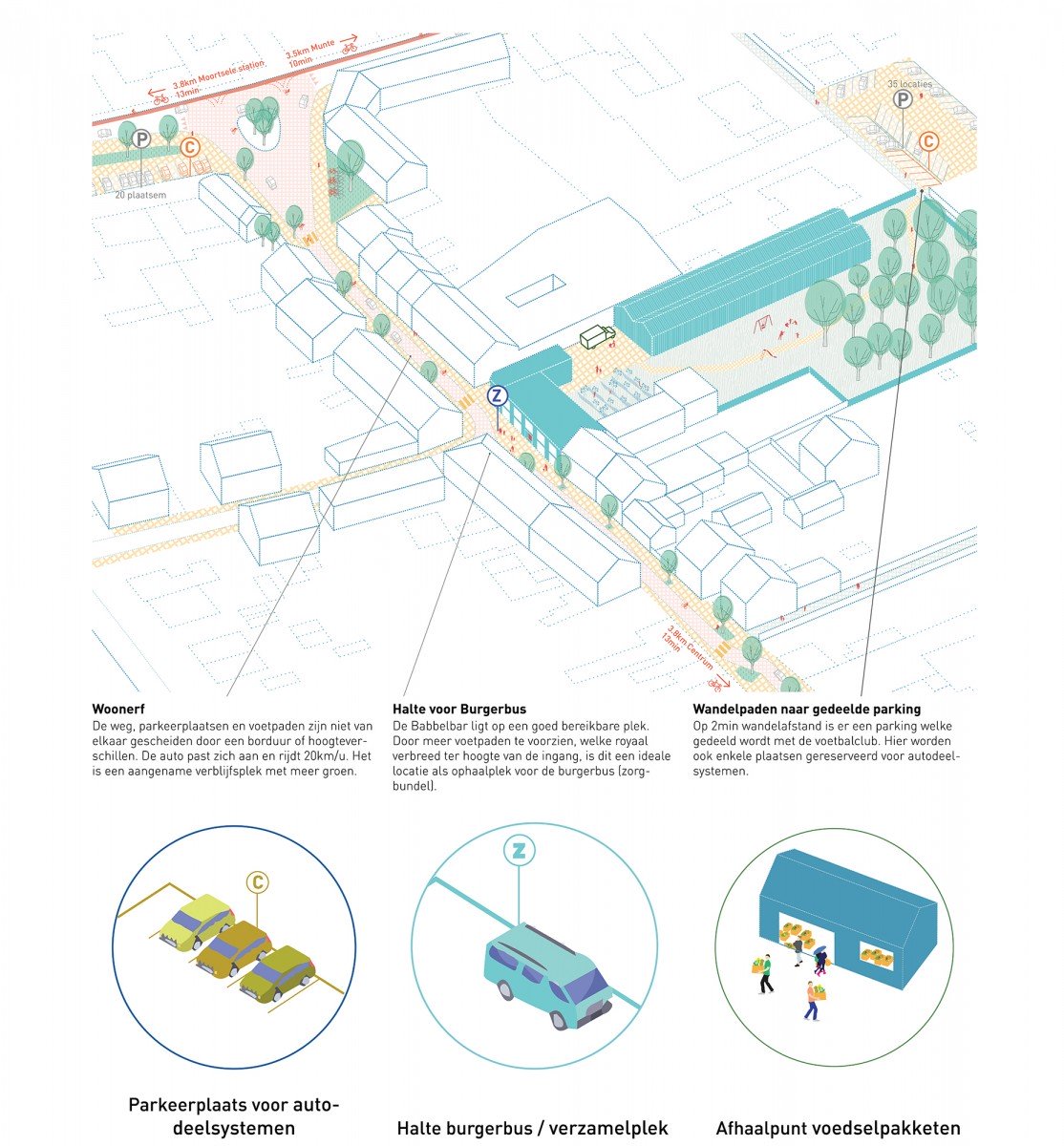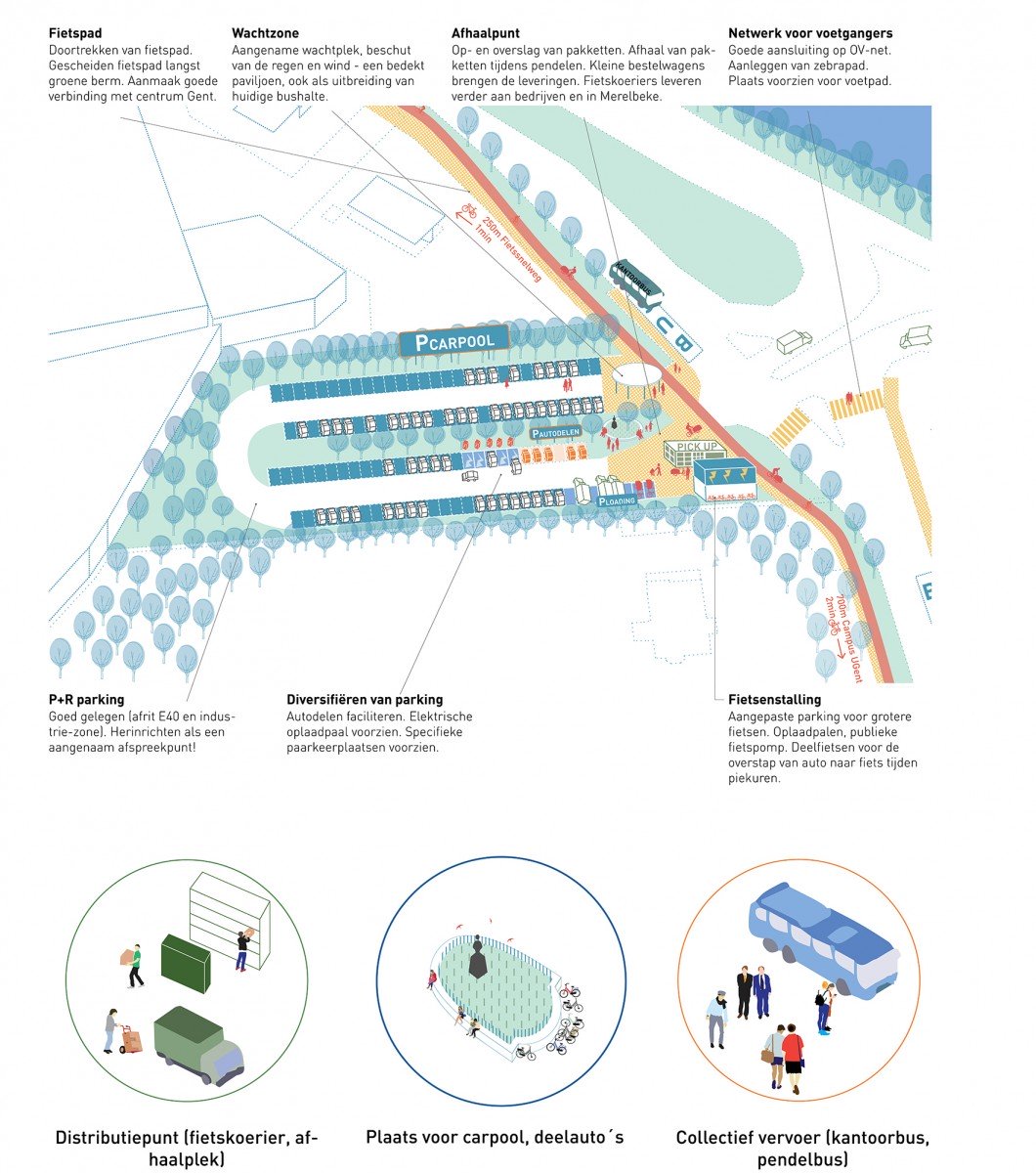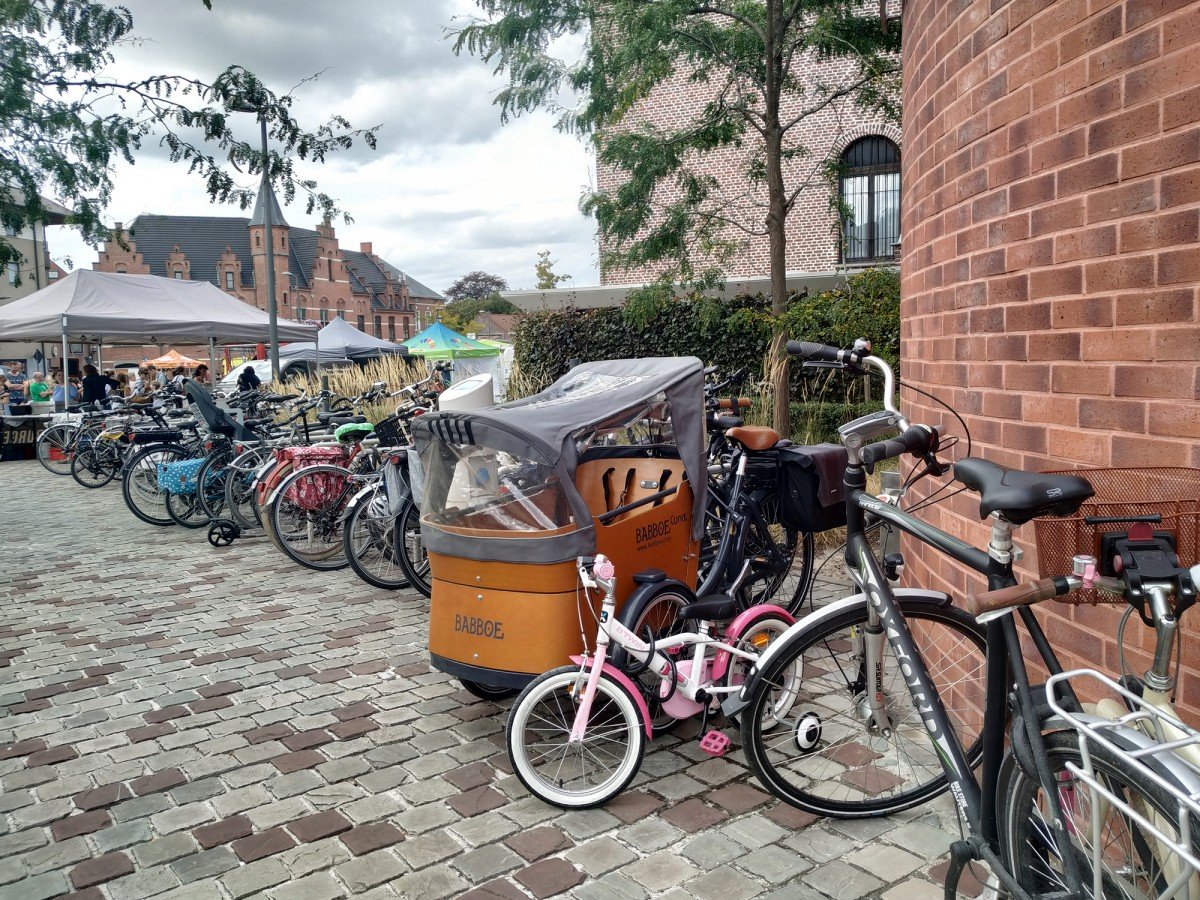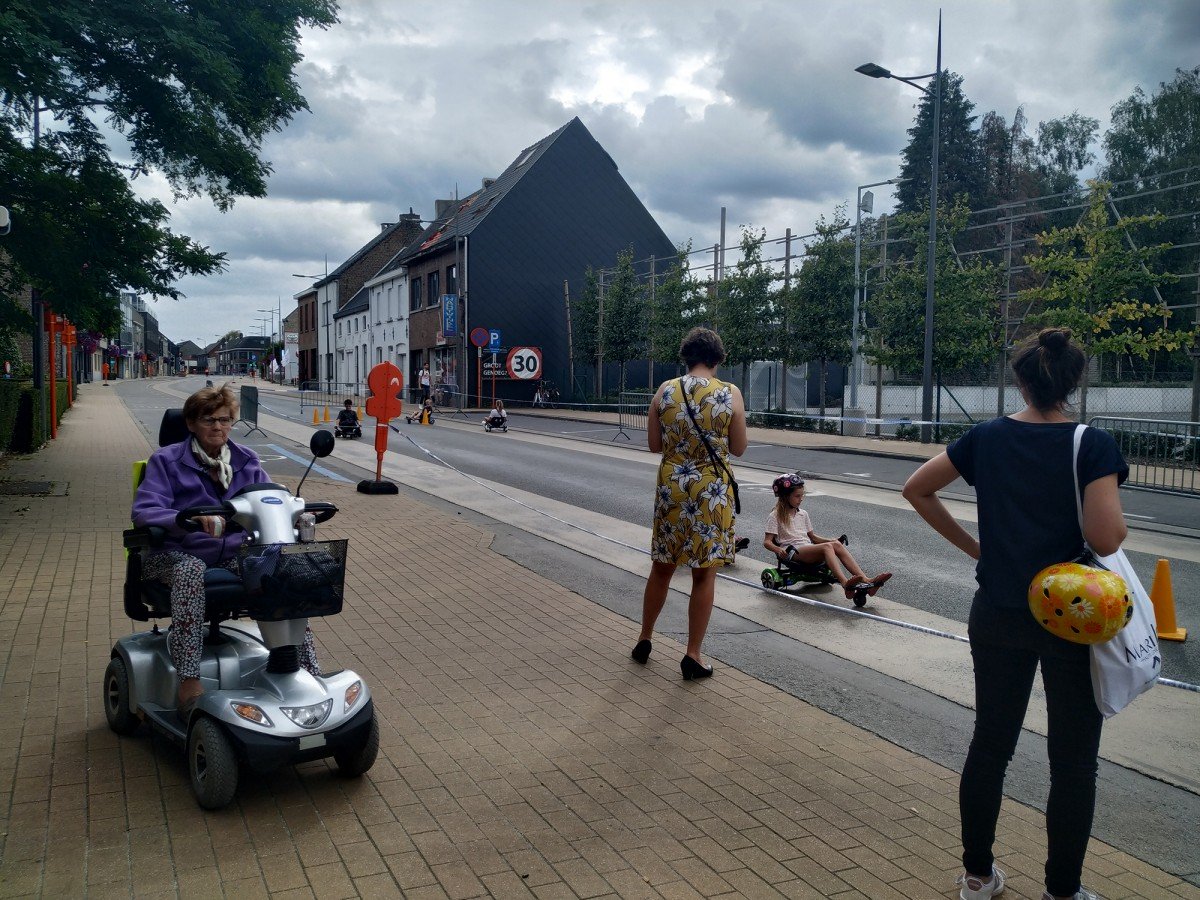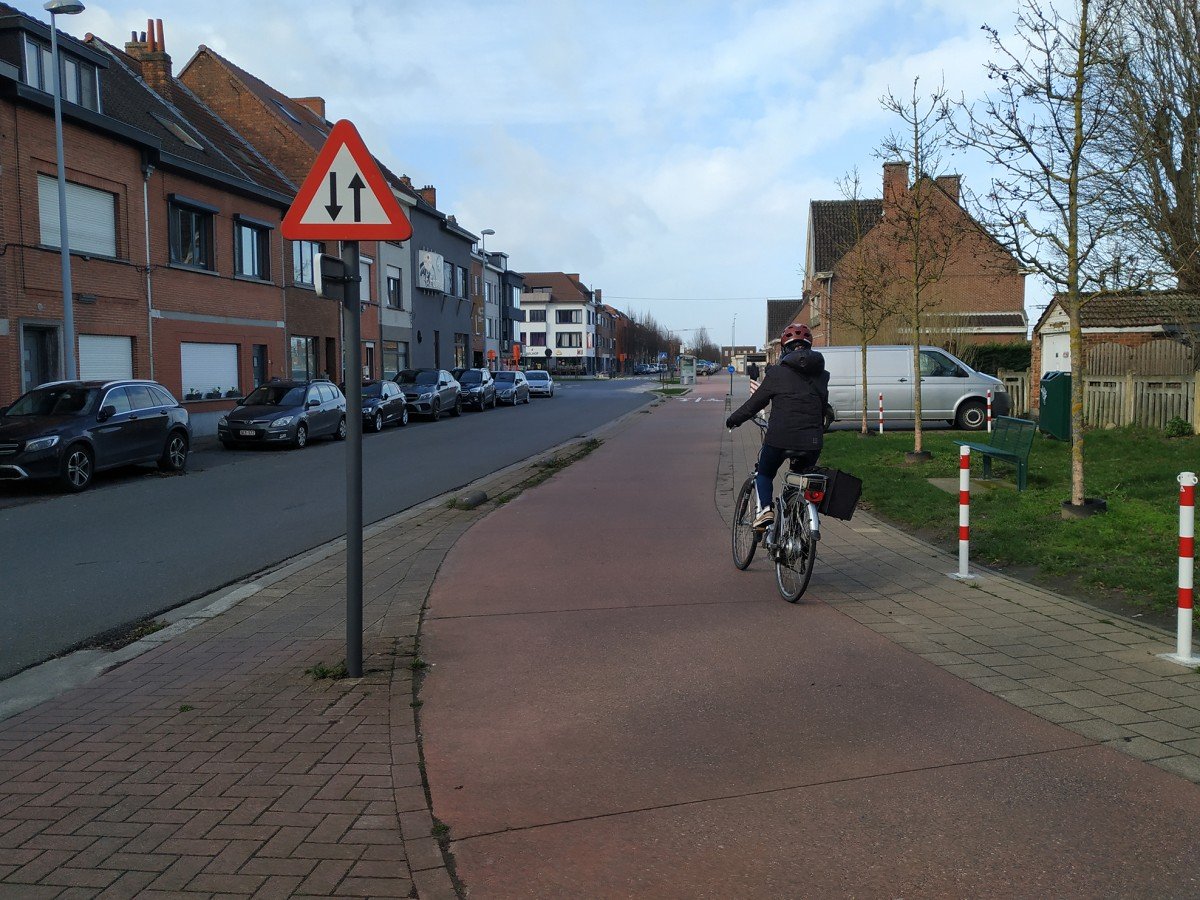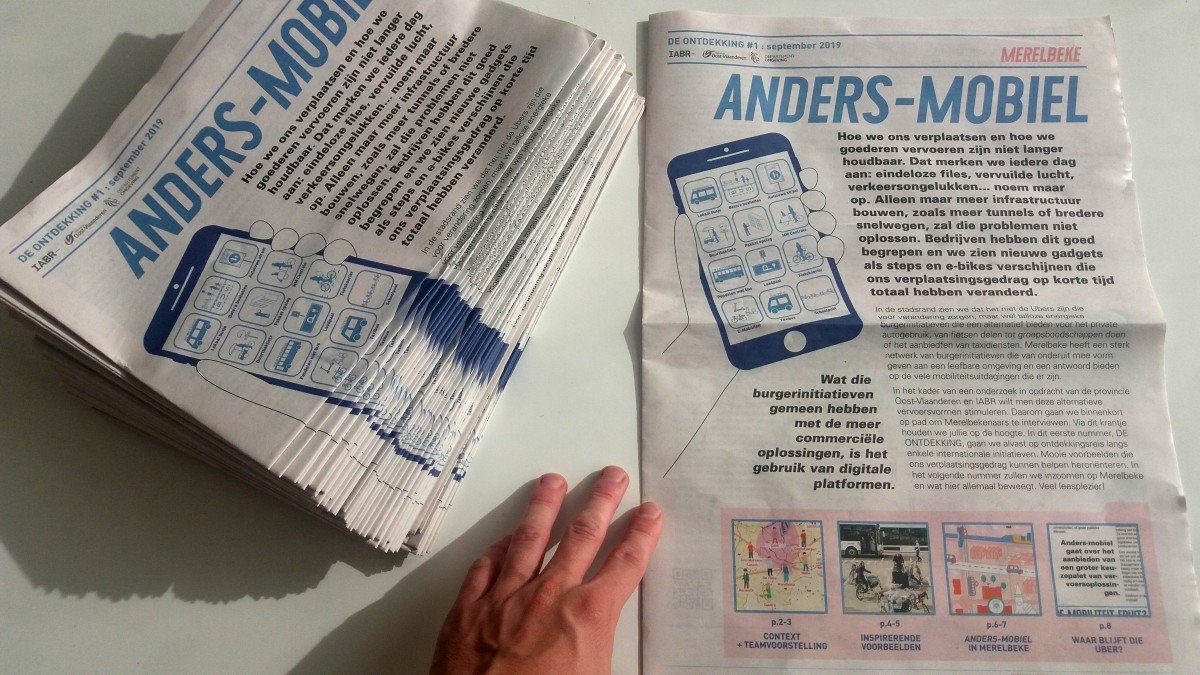This research is part of ‘Atelier Oost-Vlaams kerngebied (OVK)’. The East Flanders Core Area, a network of cities and towns around Ghent, which expects a population increase of 15 to 25 percent by 2050. How can we seize this demographic growth as an opportunity to shape the necessary transitions in terms of open space, accessibility and economy? In this trajectory, the Atelier OVK focuses on pilot projects at specific locations that, on the basis of design research, can demonstrate how these transitions can be realized.
Our research positions itself in relation to the recent Basic Accessibility Decree. The Transport Region is doing a lot to optimize public transport services and routes, but the elephant in the room – short trips and Customized Transport – remains a pressing question. This study formulates possible actions and collaborations for (local) governments.
MOBILITY TRANSITION IN PERI-URBAN AREAS: IS IT POSSIBLE? We observe a lot of media attention for innovative social practices in inner-city areas, while those in peri-urban areas often remain underexposed. With this study, we want to contribute to the debate around mobility in peri-urban areas. Here, too, a lot is moving and people are ready to do things differently.
DIFFERENTLY-MOBILE: CHANGE OF HABITS AS PRECEDENT FOR MOBILITY TRANSITION In the first instance, we look at the movement behaviour of residents in Merelbeke – how do they move and why – in order to be able to start saying something more about the necessary network and infrastructure to organize these movements Differently-Mobile. After all, a nicely laid-out street is not enough to get people on their bikes. It is also about good habits, the offer of workable alternatives and this in a safe and pleasant environment.
Furthermore, we look at practices already underway in the field of sustainable mobility in Merelbeke or nearby. They are a source of knowledge and offer insight into the way new mobility systems work. They tell us more about possible opportunities and needs, where opportunities exist to scale up or replicate. Policy makers can play an important role by offering appropriate support, suitable infrastructure or the right spatial conditions.
BUNDLING MOVEMENTS From different traveller profiles, we arrived at 4 crucial reasons why people move. These 4 bundles of displacements are, in our opinion, strategic to organize differently because: they are displacements linked to specific destinations (e.g., supermarkets, or school); the displacements occur at a fixed rhythm (e.g., commuter); they are made by specific users (e.g. students), so specific traveller profiles can be addressed per bundle; they are often linked to a specific mode of transport (e.g. groceries should be easy to carry); they are structuring our daily lives; innovative initiatives are already working on these specific trips.
We began by examining these 4 bundles of travel quantitatively (via GIS data) to then interpret them qualitatively. We look at specific users, networks and places. In this way we got to the roots of the mobility system in order to be able to make appropriate recommendations about the necessary infrastructure and support.
Besides recommendations at the network level, this study aims at the spatial representation of these ‘Other-Mobihubs’ by giving concrete substance to how these places could look, for whom they are and by whom they can be managed. After all, these are very different because they arise from a composition of different situations and target groups.
OTHER-MOBIHUBS Other-Mobihub (AMh) are hubs that provide demand-oriented collective transportation, complemented by shared- mobility. They are divided into two main types: local and transit hubs. The first type is situated in a central location in the residential core, in close proximity to a large number of homes and existing facilities, which is favorable for walking distances. The Other-Mobihubs (AMh) are a broadening of the ‘mobipoint’ concept, acting as anchor points for such initiatives or sub-systems. They are strategic for incisive mobility policies, as meeting places between local and supra-local scales.
The most interesting places are places where different bundles come together and there is mutual exchange (e.g., picking up a food package near school environments or at a gathering place for the less mobile). They also appear to have potential to organize travel differently, giving concrete expression to concepts such as MOBIHUBS, always in the dual perspective of local and interchange hubs. The first offers different (micro) mobility solutions and supports local activities. The second has a good connection to the (super)regional mobility networks.
Today it is important to continue the established dialogue and organize alignment so that these initiatives can also take a structural role in mobility policy.
